The URC Faculty Scholars Research Awards Program builds on the legacy of the University Research Council (URC), which is the university’s oldest and most prestigious internal funding program. It recognizes promising early-career individual faculty at UC who are proposing transformative, future-shaping ideas that are either discipline-focused or interdisciplinary in nature.
Each year, following a two-stage application and evaluation process, eight UC faculty members within the areas of Arts & Humanities, Behavioral & Social Sciences, Life Sciences, and Physical Science & Engineering are awarded $25,000 for 24 months.
Congratulations to the following awardees and finalists!
ARTS & HUMANITIES
AWARDEES
Saeunn Thorsteinsdottir
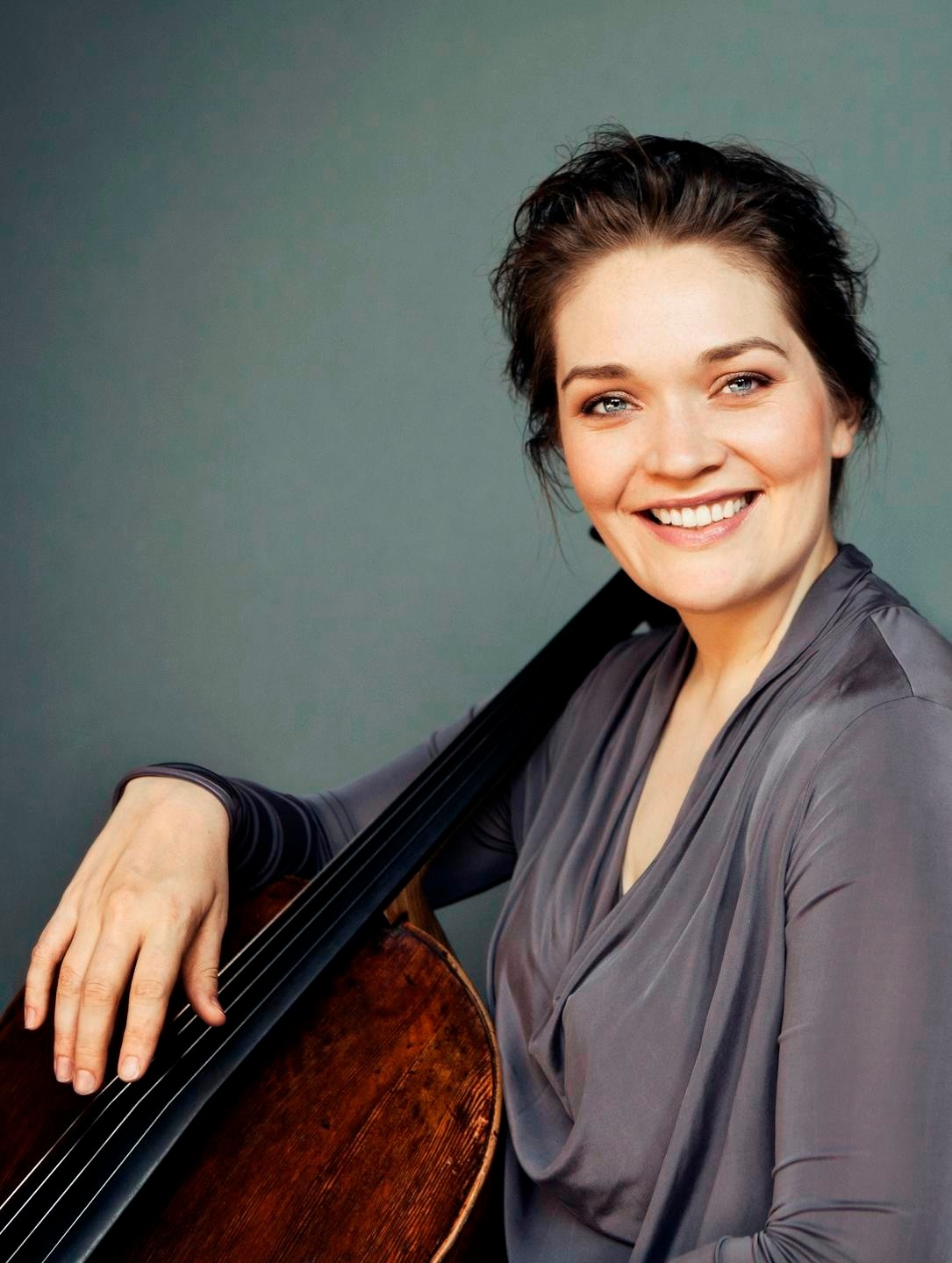
College-Conservatory of Music
The NOW Concerto: Reinvigorating the Practice of Improvisation in the Classical Concerto
“The NOW Concerto seeks to answer the question of how we can continue to develop and expand western art music in our society, with an eye towards inclusion, immersive experiences, and innovation while including rich musical traditions of the past. The project is a step in closing the gap between reality and possibility, between the orchestral concert and a unique artistic experience, and the role of instrumentalist as interpreter and musical co-creator with the orchestra as well as the audience in real time. This grant supports the commissioning of an orchestral score that is both flexible and structurally sound, as well as developing a framework for integrating the art improvisation of improvisation in the solo and orchestral setting. Expected outcomes are premieres and performances of the piece both with professional, student and community ensembles and further development of the piece to widen its scope and impact.”
FINALISTS
Romance and Arabic Languages and Literatures
College of Arts & Sciences
The Interconnected Whole: Sufism, Climate Change, and Ecological Awareness
BEHAVIORAL & SOCIAL SCIENCES
AWARDEES
Andrea Ford
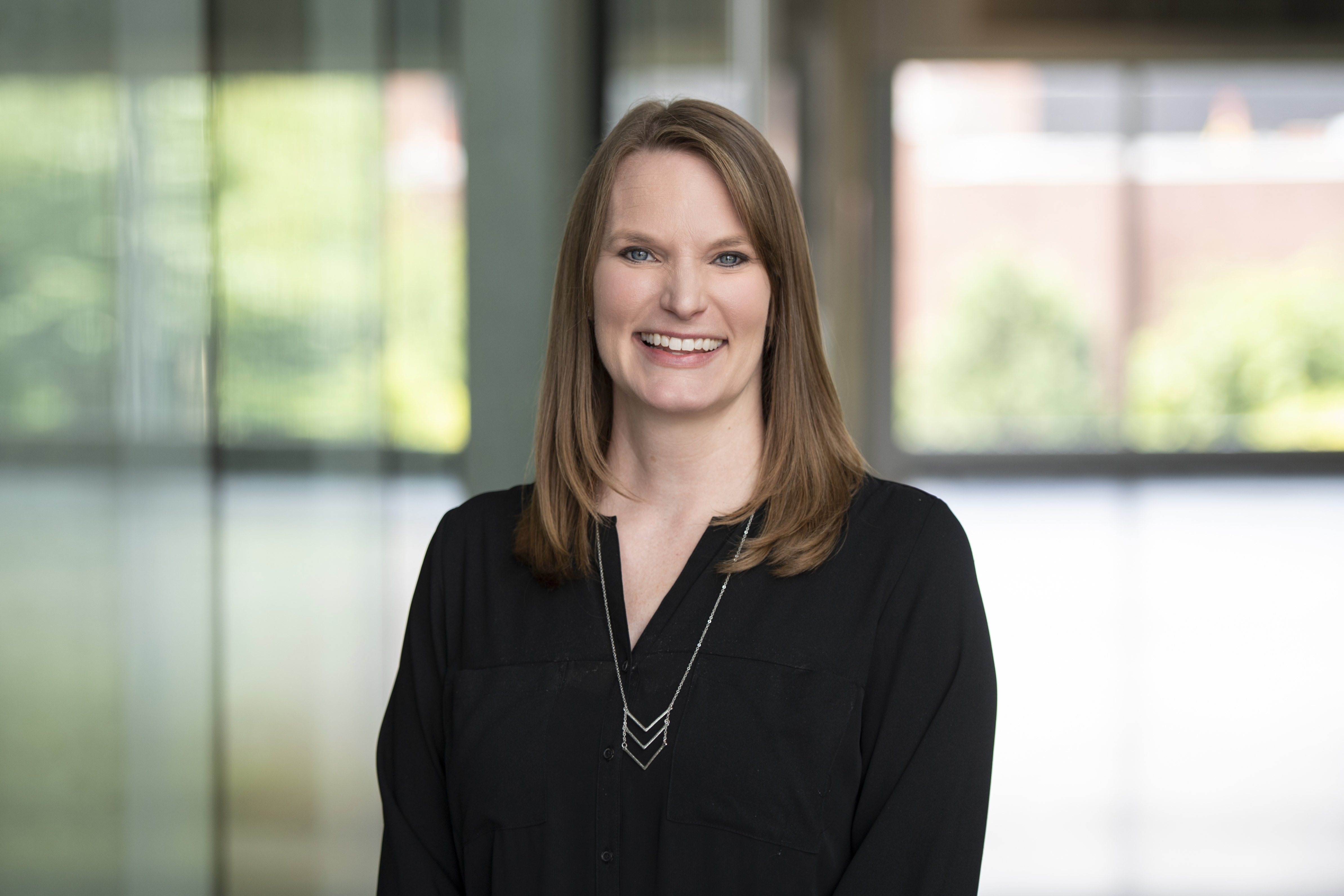
Communication Sciences and Disorders
College of Allied Health Sciences
Using an Electronic Delphi Method to Identify Core Components of Expressive Language Interventions for Autistic Preschoolers
“Despite the promise that evidence-based practices (EBPs) can promote language development, practitioners working with autistic students tend to underuse these practices. To facilitate greater implementation, this project aims to develop a simplified, initial set of core components or active ingredients of EBPs and preliminary dosage recommendations for promoting the expressive language of autistic preschoolers. I will conduct a multi-round, virtually-based, electronic Delphi panel with research and practice experts, who have knowledge of and experience with expressive language EBPs. By the end of the project, I aim to have a final list of core components, their operationalized definitions, and dosage recommendations that can be empirically examined and disseminated to relevant stakeholders.”
Hyesun Jeong
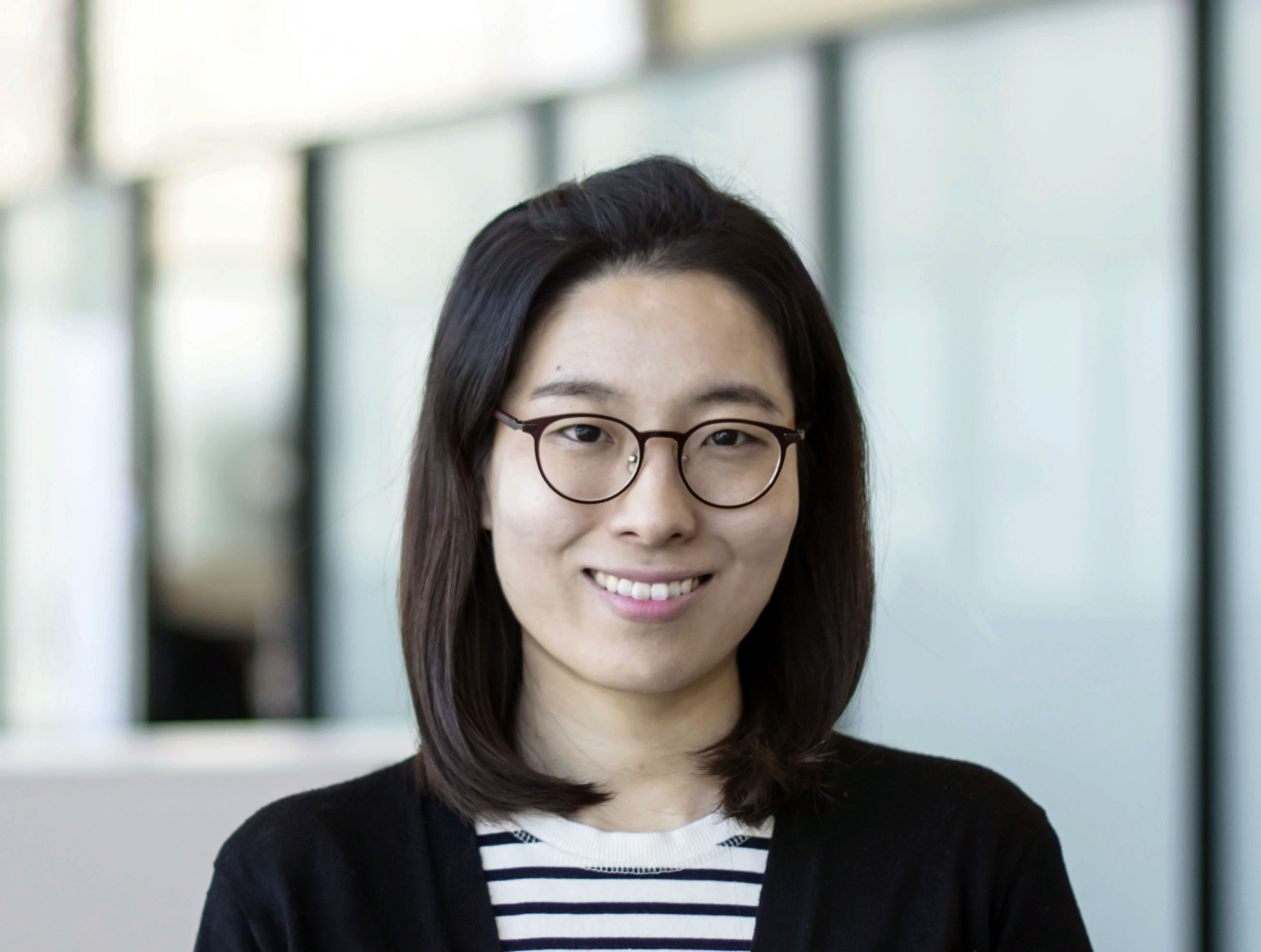
College of Design, Architecture, Art, and Planning
Cultural Placemaking and Street Art: The Role of Street Art in Pedestrian Activity, Local Economy, and Crime Prevention in Cincinnati
“The project will be comprised of four research/creative activities: data analysis, field observation, workshop, and publication. A spatial GIS analysis and field observation will investigate how socio-economic and morphological conditions around street art are associated with the foot traffic and crime in proximity to retails and urban amenities in Cincinnati-Northern Kentucky metro region. As a product of a graduate-level planning and design studio, the community workshop will be a platform of civic engagement for the future scenarios of arts-based placemaking. The research outcomes will be published in peer-reviewed journals and books, and exhibited at the DAAP gallery.”
Lori Vincent
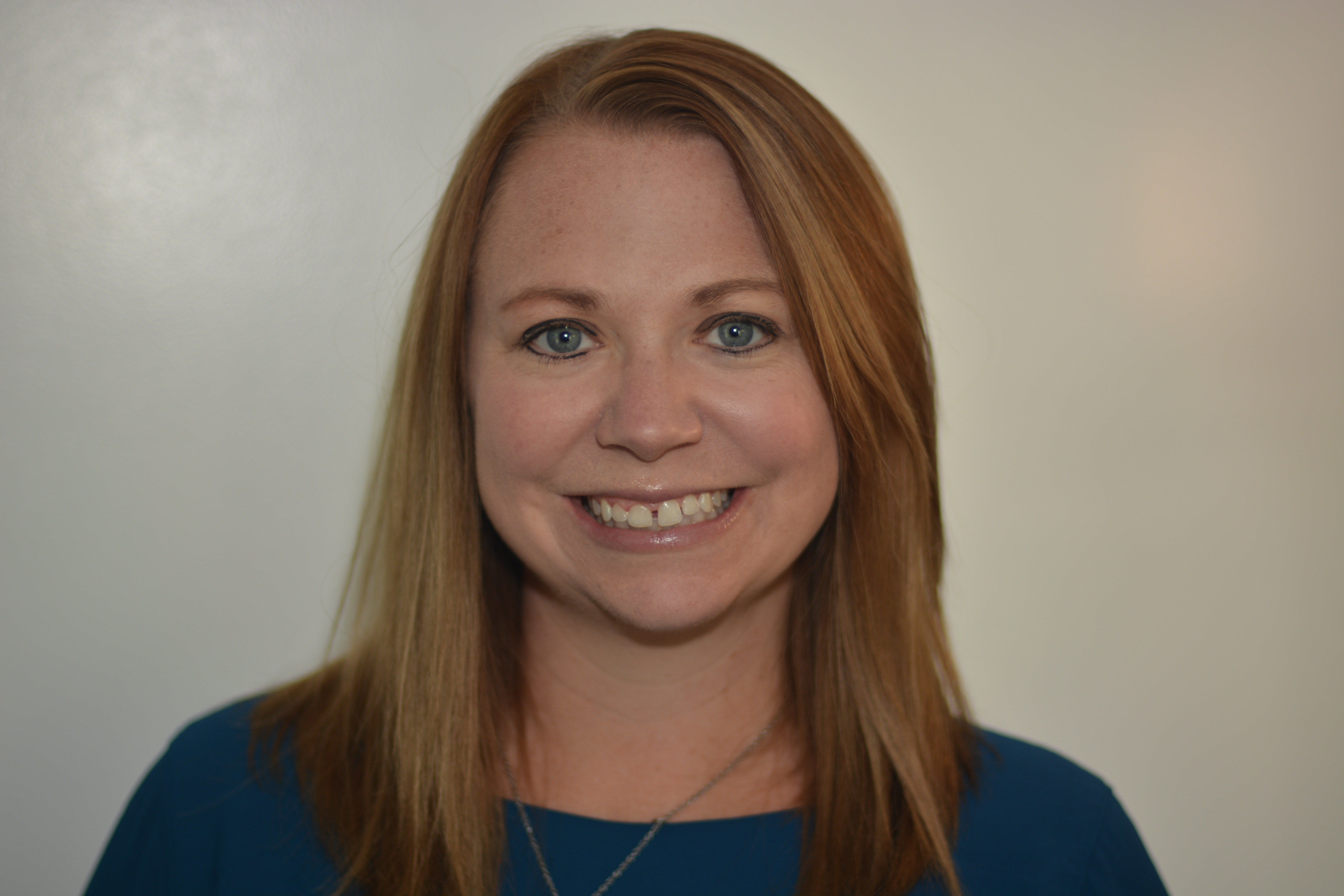
College of Education, Criminal Justice, and Human Services
Inclusion that Matters: Incorporating the Perspective of People with Neurodevelopmental Disabilities into Research that Supports their Needs
“The current research project will recruit neurodivergent community members to the research team to participate in all activities of the research, using a Community-Based Participatory Research model. This research project will include two phases. During the first phase, community members with neurodevelopmental disabilities will be interviewed to develop a grounded theory on the priorities and needs within the community. The second phase will include development and evaluation of a specific intervention or support to address a specific area of need identified from the neurodiverse community in phase one.”
FINALISTS
School of Communication, Film, & Media Studies
College of Arts & Sciences
Electric Vehicles in the Mind of Americans: Motivations and Barriers on the Road to Mass EV Adoption
College of Design, Architecture, Art, and Planning
Human-Centered Robot Design: Design Guidelines for Mobile Service Robots’ Appearance and Interface in Their Dynamic Movements to Enhance Human Acceptance
Department of Environmental Health and Public Health Sciences
Grieving in Recently Diagnosed Cancer Patients
LIFE SCIENCES
AWARDEES
Elizabeth Hobson
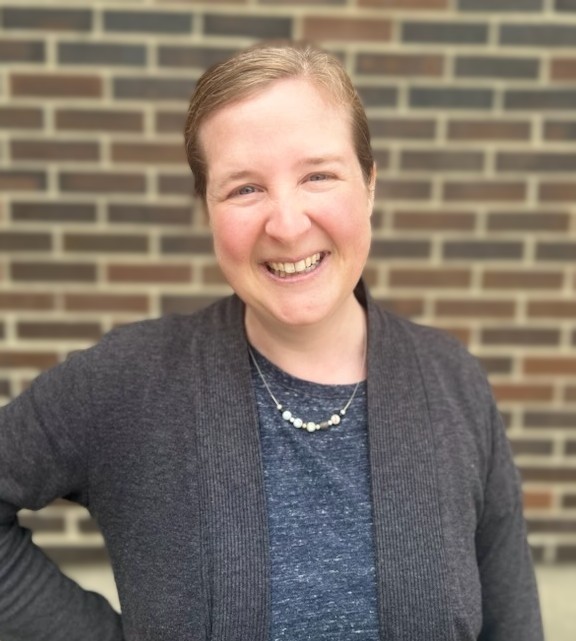
College of Arts & Sciences
Consequences of experimental power vacuums in the rise & fall of hierarchical societies
“Social species across many animals (including humans) benefit in many ways from living in groups, but these groups are dynamic and require individuals to constantly adapt to new social environments. To better understand the causative factors underlying societal change, we need to experiment with power dynamics within a range of social systems across different species. In this project, I will compare social dynamics in new experiments with two species (quail and fish) to existing data from social experiments my lab has already conducted on parakeets to determine similarities and differences in how individuals respond to changes in power dynamics. Scientifically, this approach will also allow us to test how differences in factors like memory, recognition, and inference across the three species are important for understanding both the sociality and cognition of the different species; more broadly, the project will also provide valuable research experiences and training in computational analysis methods to undergraduate students.”
Olga Liaudanskaya
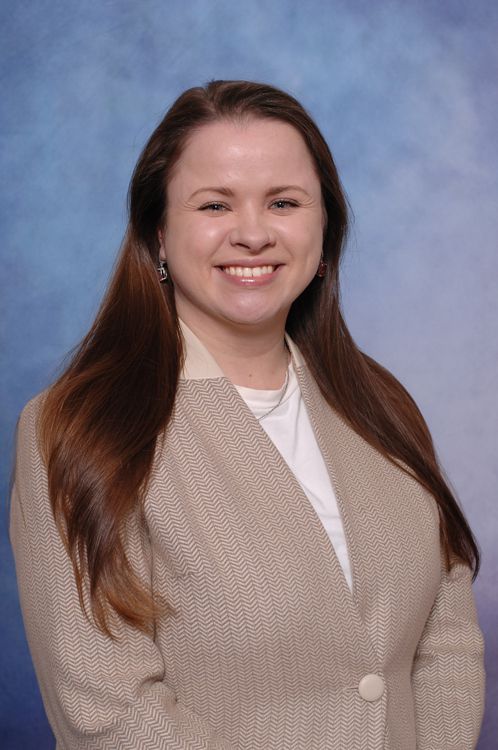
College of Engineering & Applied Science
Understanding the role of cell-specific dysfunctional mitochondria in injury-induced neurodegeneration progression
“This proposal encompasses a novel combination of molecular engineering, biochemical, and transcriptomic approaches to provide a comprehensive mechanistic understanding of the response to brain injury over a prolonged period with high spatiotemporal resolution. The results of this work will provide a team of traumatic brain injury (TBI) experts at the University of Cincinnati with a tool to unveil the complex interaction between cell-specific cellular metabolism and neurodegeneration progression post-TBI. We anticipate building a comprehensive understanding of spatial-temporal changes in mitochondria metabolism after injury; and a causal prediction of the molecular mechanisms involved in secondary neurodegeneration and neuroinflammation progression post-TBI, with the ultimate goal of developing criteria for risk assessment and allowing for more accurate sensing of neuropathologic damage in TBI patients.”
PHYSICAL SCIENCES & ENGINEERING
AWARDEES
Je-Hyeong Bahk

Mechanical and Materials Engineering
College of Engineering & Applied Science
Binder-Jet Additive Manufacturing of Nanocarbon-based Hierarchical Composites for Efficient Thermoelectric Energy Conversion Devices
“In this project, we aim to develop novel binder-jet additive manufacturing processes to create unique hierarchical structures based on nanomaterial networks and micro-powders for efficient thermoelectric energy conversion. We will build an open-source binder jet printer and develop novel nanomaterial-dispersed inks to use in the printing processes. Thermoelectric and thermo-mechanical properties of the printed materials and devices will be investigated with varying printing parameters and ink compositions and studied with theories. The direct outcome of this research would be advanced manufacturing processes for low-cost, scalable thermoelectric devices that can make broader impact to the society particularly in industrial decarbonization and preventive health monitoring.”
Sameh Eisa
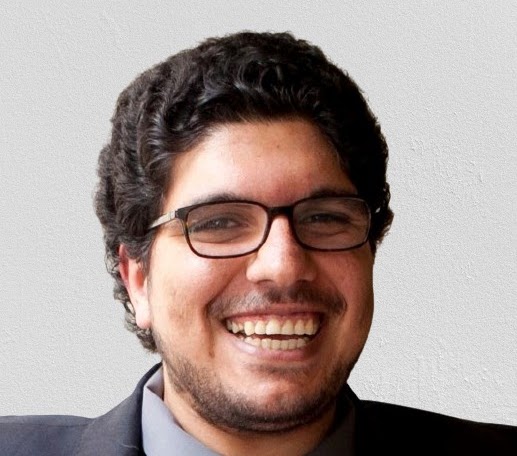
Aerospace Engineering and Engineering Mechanics
College of Engineering & Applied Science
Real-time Bio-Mimicry of Soaring Birds: a Transformational UAVs Possibilities
“For centuries, the miraculous flight physics of soaring birds like albatrosses has captured the minds of biologists, physicists, mathematicians, and engineers as found, for example, in the writings of Leonardo da Vinci and Lord Rayleigh: how these fascinating birds fly almost for free with barely needing to exert energy while flying excessively long distances? Over the past decades, studying the flight of soaring birds has made progress in finding the connection between the flight itself and the wind conditions: soaring birds basically are using the wind itself as a source of energy to fly almost for free via a skillful maneuver called "dynamic soaring." However, the decades-long literature failed to provide a sensible explanation for how really soaring birds via sensing and with not much computational abilities can conduct dynamic soaring in real-time. We successfully -- via mathematical rigors and simulation trials -- showed that the optimized flight maneuver done by soaring birds can be described as an extremum-seeking system, which enables us to mimic dynamic soaring for the first time in literature in real-time and based on measurements, analogous to the sensing hypothetically done by the bird. This opens the door for developing transformational control systems that can enable the mimicking of soaring birds by unmanned aerial vehicles.”
FINALISTS
Mechanical and Materials Engineering
College of Engineering & Applied Science
Exhaust Heat Recovery through a Unified Modular Solid-State Architecture
Electrical Engineering and Computer Science
College of Engineering & Applied Science
Measuring Information Gain (IG) over Data Sharing using Provenance
Badri Narayanan Vellambi Ravisankar
Electrical and Computer Engineering
College of Engineering & Applied Science
StreamEase: Bandwidth-efficient Communication Paradigms from Streaming Data
Aerospace Engineering and Engineering Mechanics
College of Engineering & Applied Science
Gyro Engine - the ultimate torque generator changing paradigm